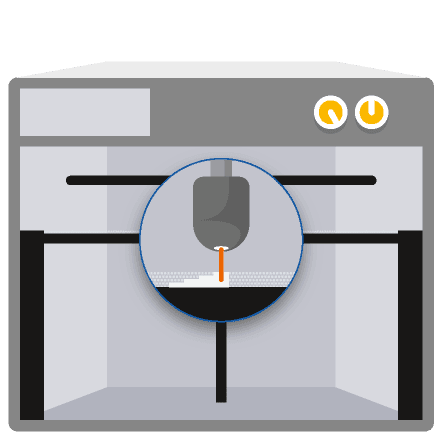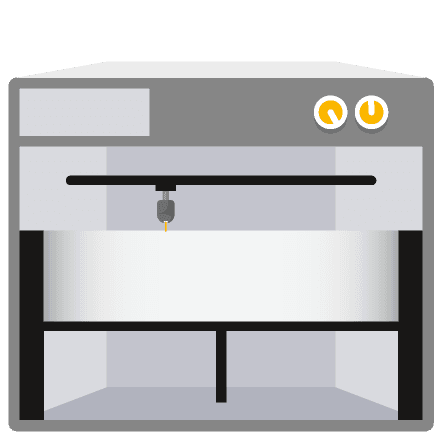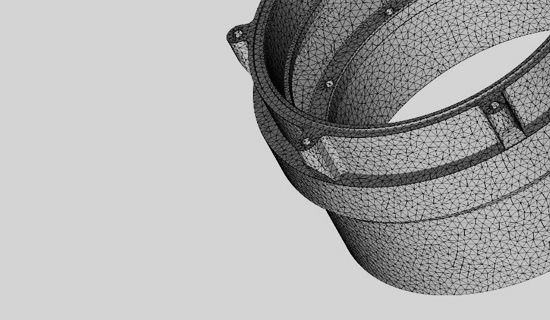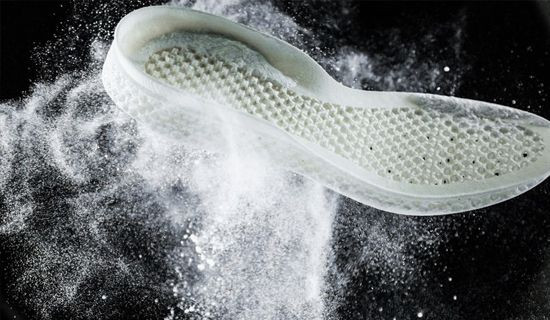PA 2241 FR is a flame-resistant polyamide (PA 12) material, with excellent long-term stability and chemical resistance. Owing to its flame-retardant quality, this high-performance plastic is suitable for aeronautics and aerospace applications in accordance with FAR 25.853.
This material is also available in Airbus certified grade, according to AIPI 03-07-022.
Technical Specifications
| Standard lead time | Minimum of 4 working days , depending on part size, number of components and finishing degrees |
| Standard accuracy | ± 0.3% (with lower limit on ± 0.3 mm) |
| Layer thickness | 0.10 mm |
| Minimum wall thickness | 1 mm, but living hinges are possible at 0.3 mm |
| Maximum part dimensions | 630 x 330 x 550 mm |
| Interlocking or enclosed parts? | Yes |
| Surface structure | Unfinished parts typically have a grainy surface but all kinds of fine finishes are possible. Laser-sintered parts can be sandblasted, colored/impregnated, painted, covered and coated. |
Datasheet
| MEASUREMENT | VALUE | STANDARD |
|---|---|---|
| Density | 1.00 ±0.03 g/cm³ | |
| Tensile Strength | 49 MPa | DIN EN ISO 527 |
| Elongation at Break | 15% | DIN EN ISO 527 |
| Tensile Modulus | 1900 MPa | DIN EN ISO 527 |
| Heat Deflection Temperature | 84°C | ASTM D648 @1.82MPa |
| Flammability properties | 1.0/1.5/2.0 mm | JAR/FAR 25, App. F, part 1| AITM 2.0002 B Vertical Bunsen Burner Test 12s Ignition Time |
| Smoke generation | 1.0/1.5/2.0 mm | JAR/FAR 25, App. F – Part V & AITM 2.0007 |
| Hardness | 89 HRB | DIN EN ISO 6508-1 |
| Toxic gas generation | 1.0/1.5/2.0 mm | AITM 3.0005 |
Actual values may vary with build condition
Passes aerospace flame resistance tests FAR 25.853
How Does Laser Sintering Work?
Laser Sintering is a laser-based technology that uses solid powder materials, typically plastics. A computer-controlled laser beam selectively binds together particles in the powder bed, by raising the powder temperature above the glass transition point after which adjacent particles flow together. As the powder is self-supporting, no support structures are necessary.








